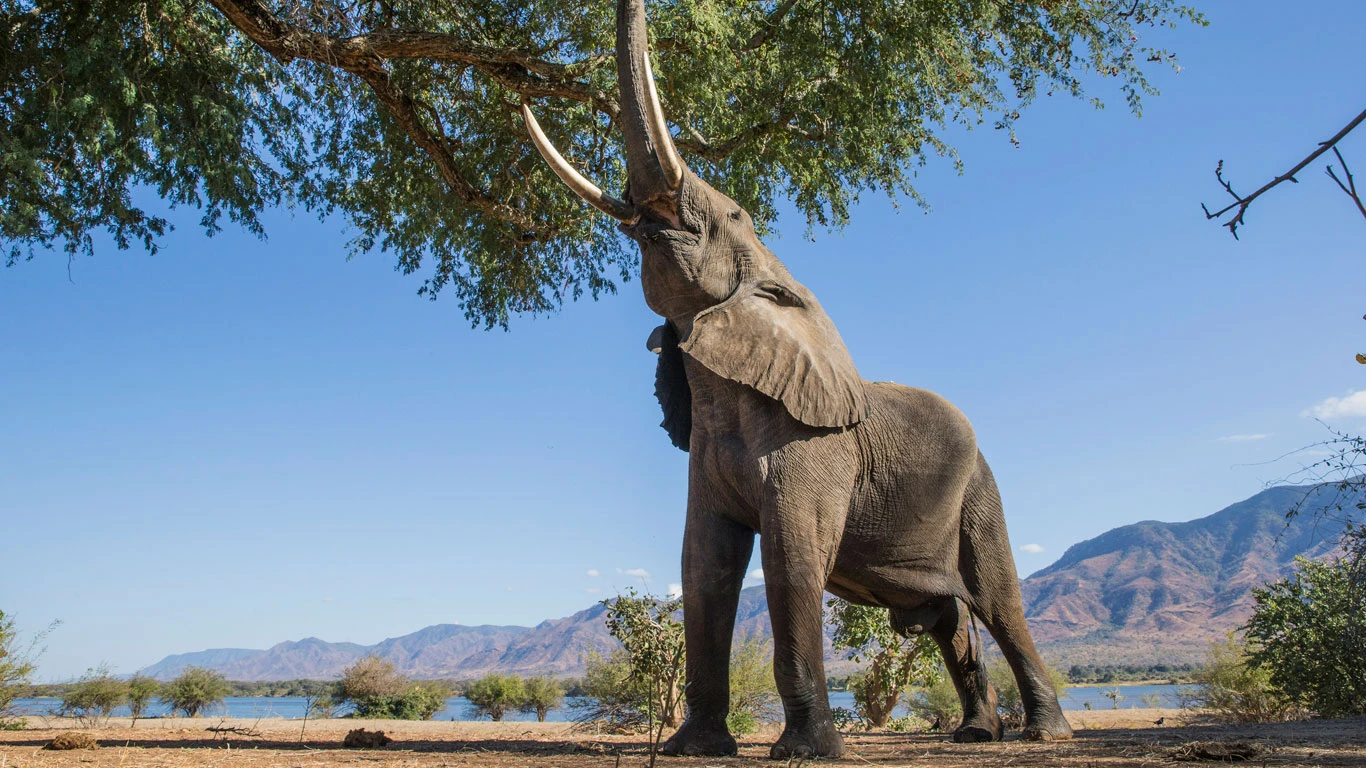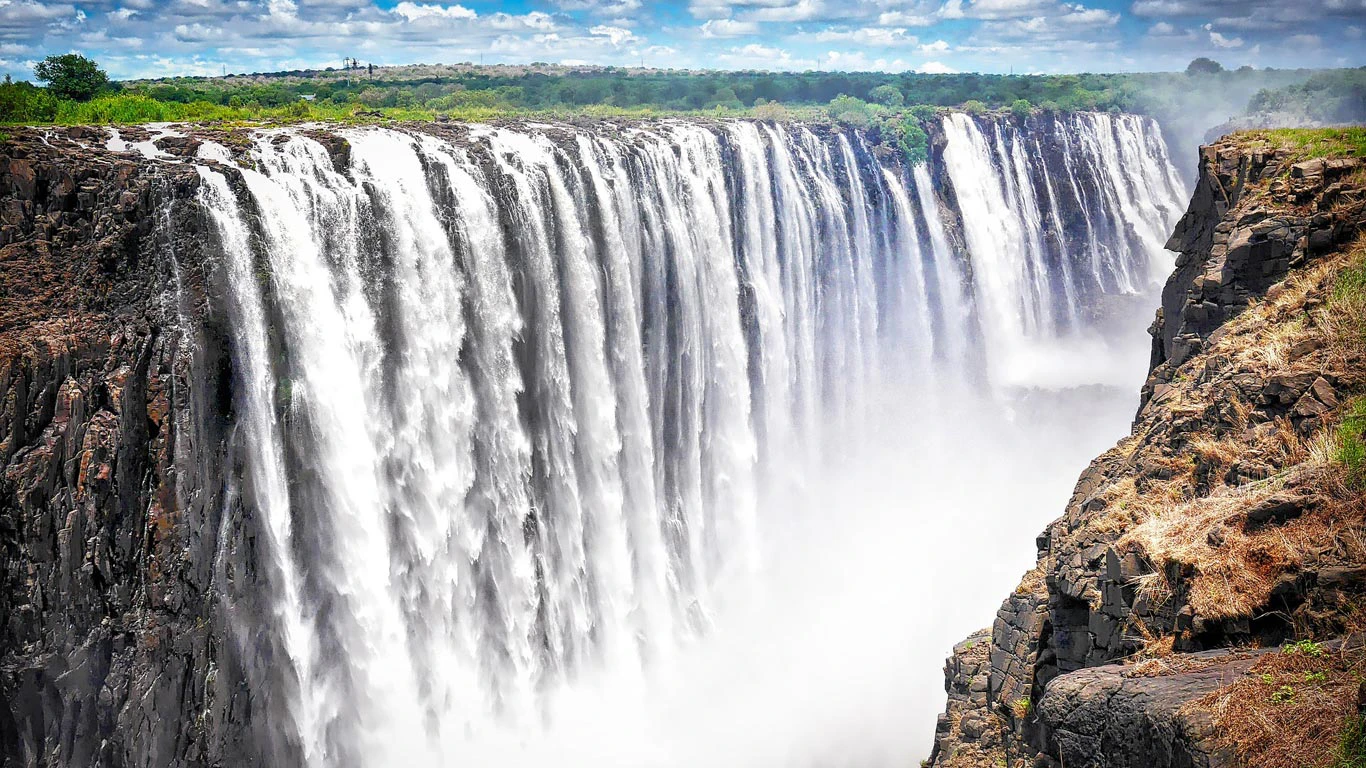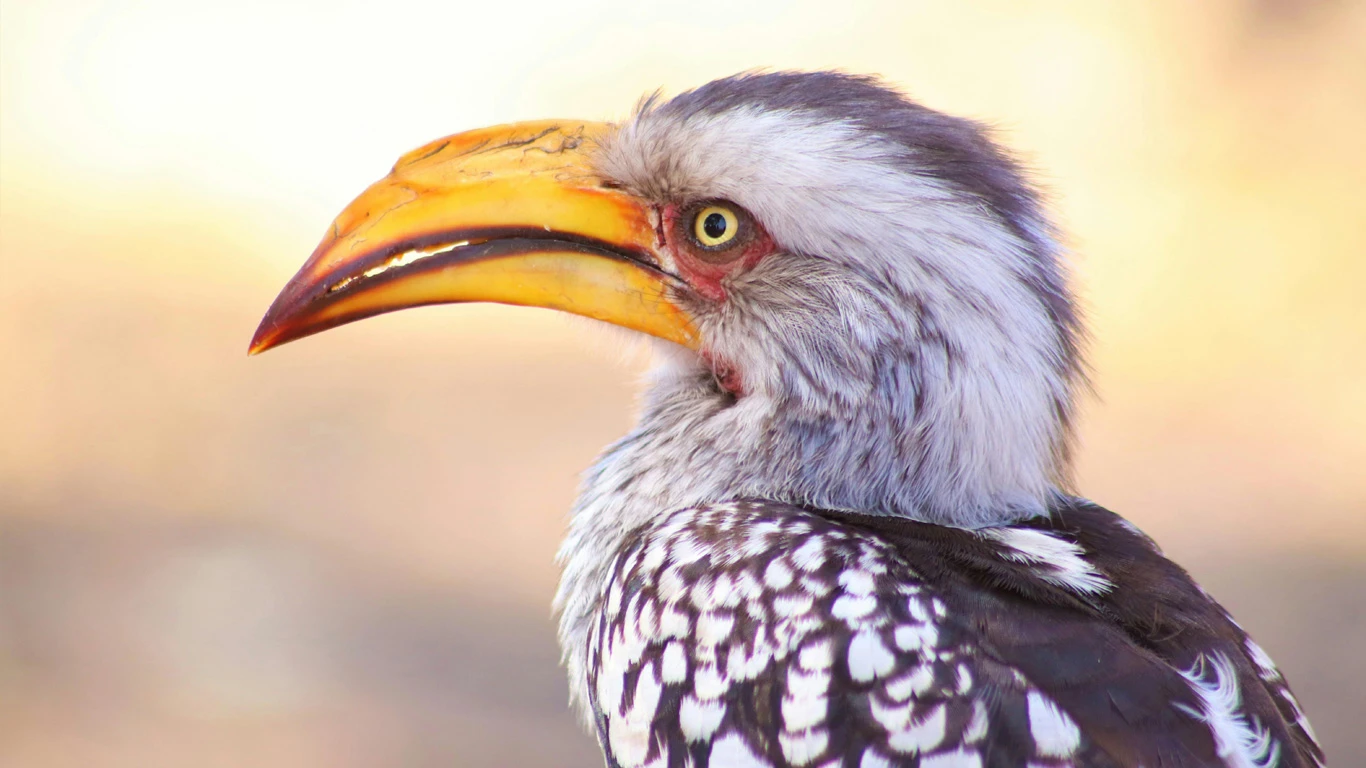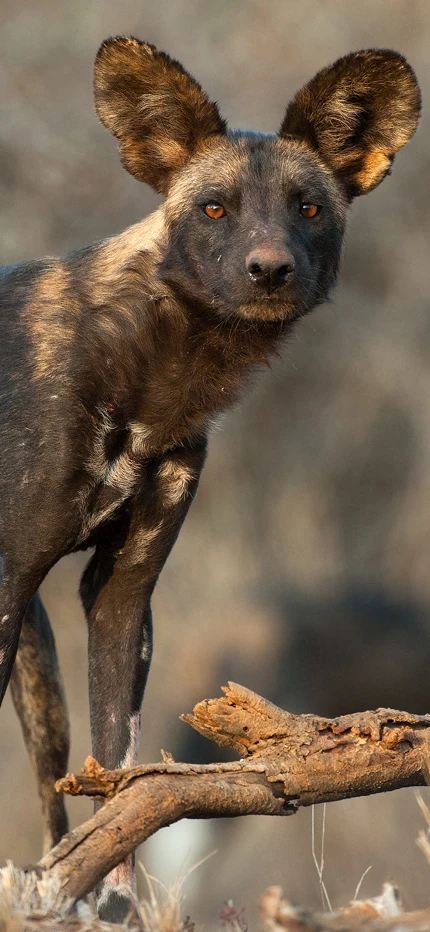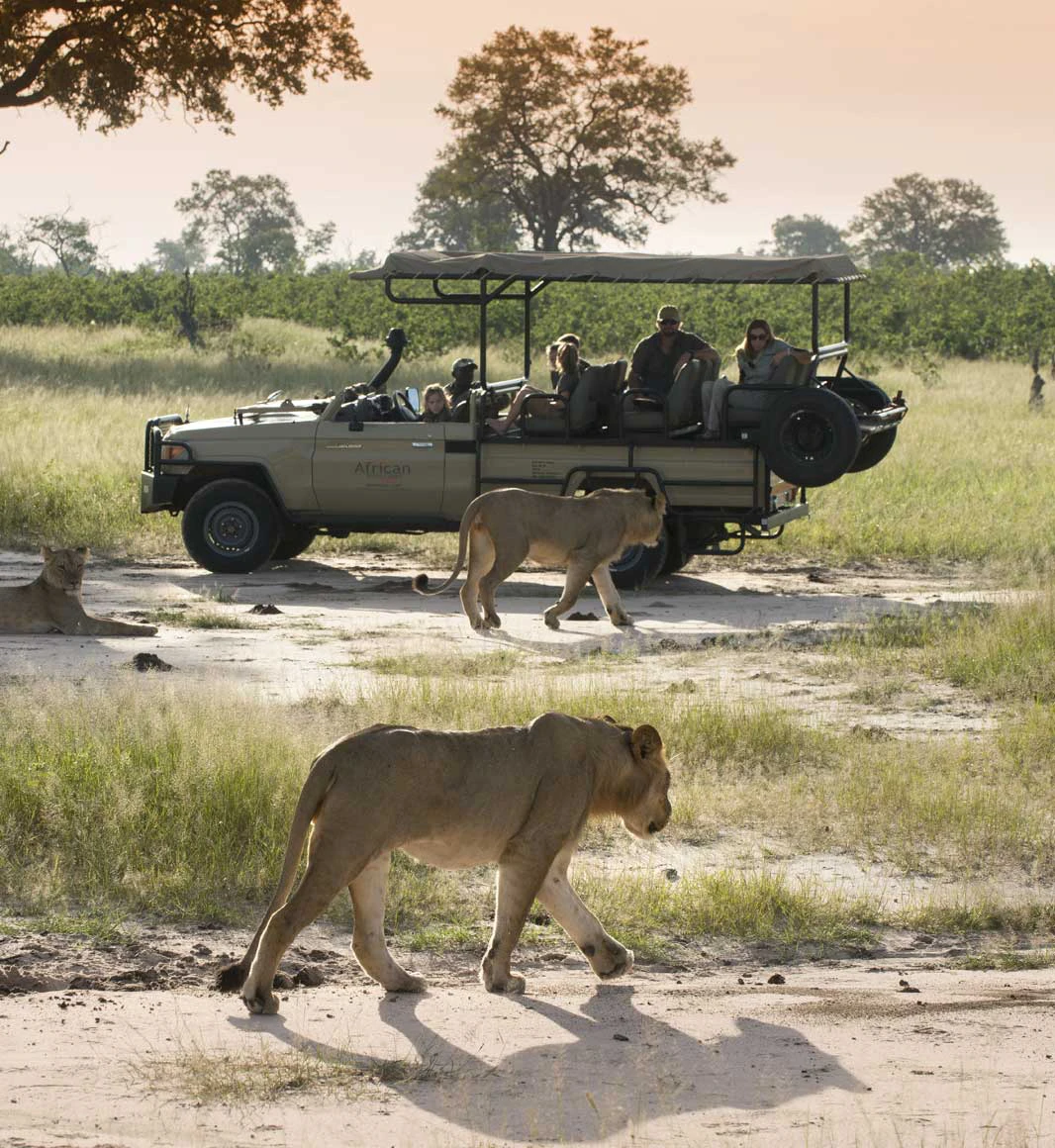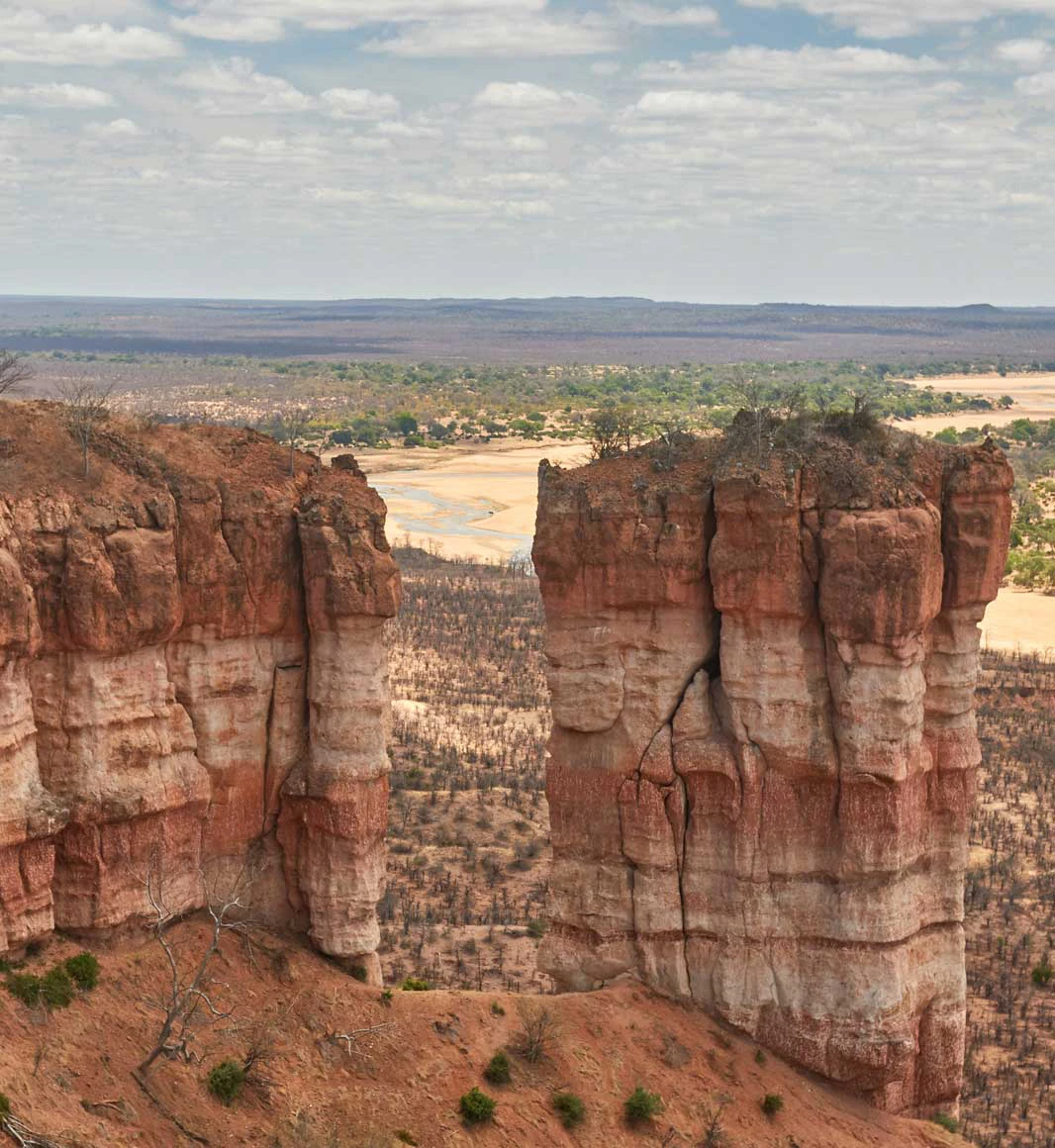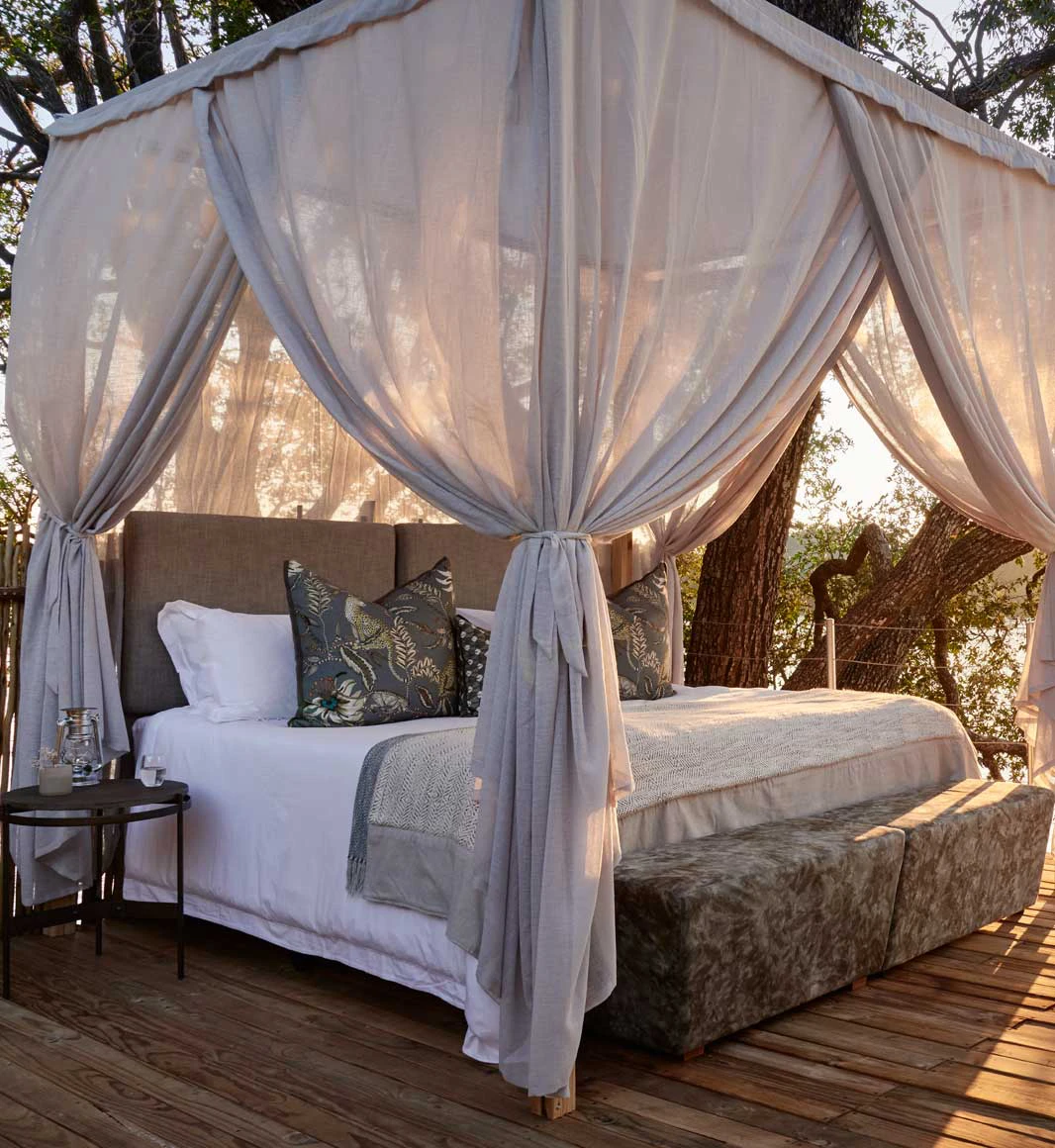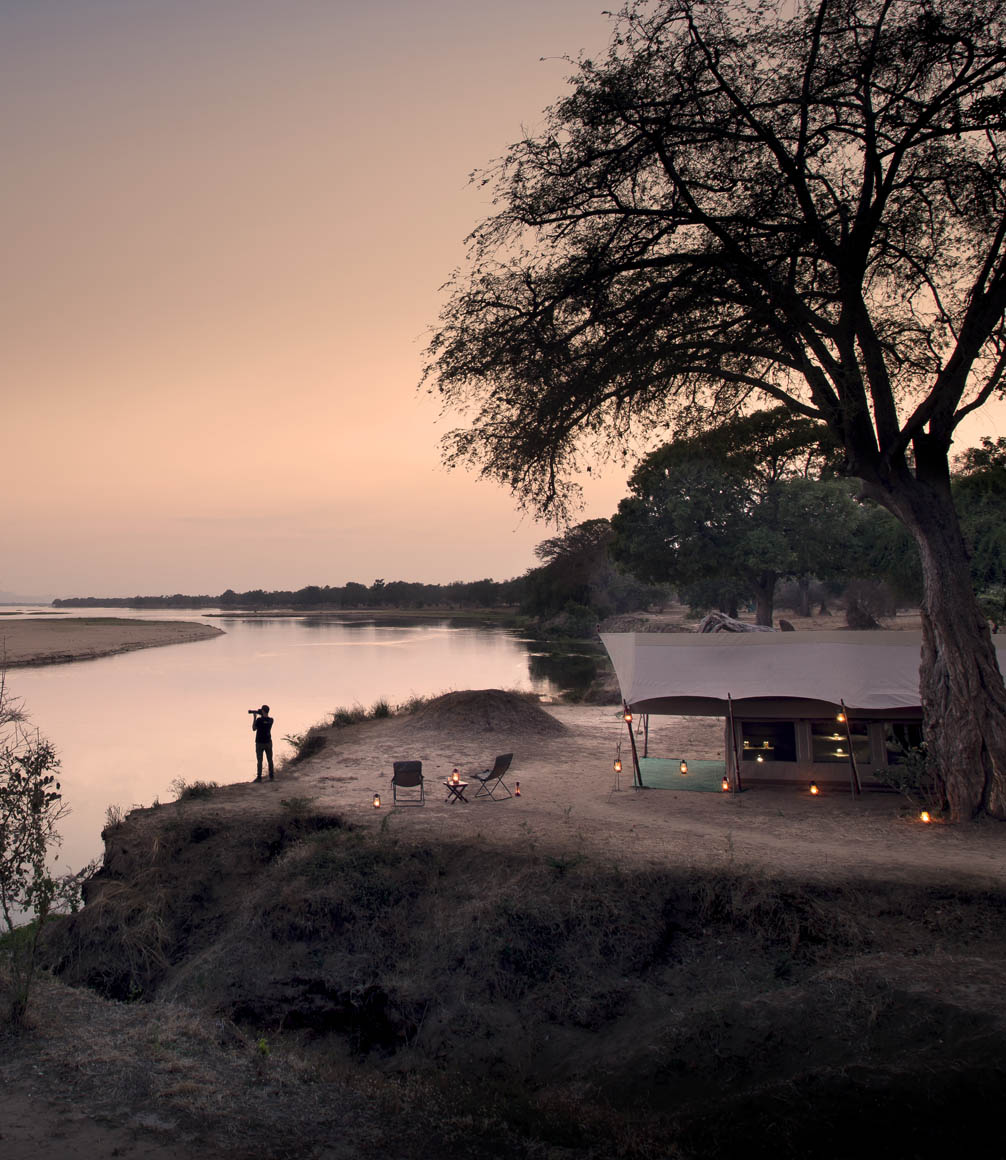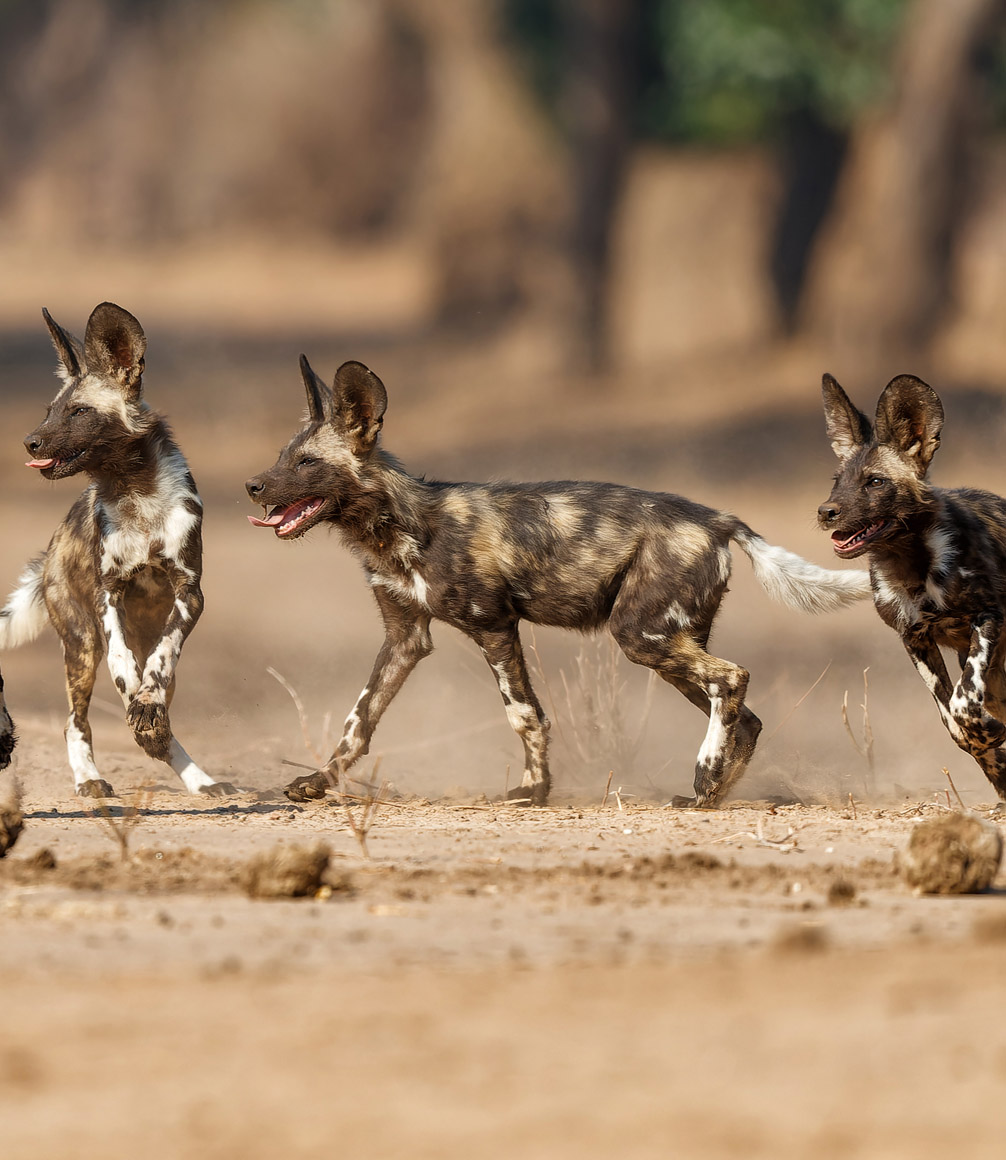Bespoke Zimbabwe Holidays
Landlocked between South Africa and Zambia, Zimbabwe is a rewarding travel destination with an abundance of wildlife, UNESCO World Heritage Sites and warm and welcoming locals.
Zimbabwe’s wilderness regions are amongst the most untouched and biodiverse in Africa and the wildlife variety is unparalleled. From the sprawling savannahs of Hwange National Park to the vast Zambezi River, Zimbabwe is ideal for active travellers. The country is also renowned for having some of the most sought-after guides in Africa so you can be sure you are in the best hands during your trip.
Ready to take the road less travelled?
Signature Zimbabwe Journeys
Explore our handpicked collection of Zimbabwe's most extraordinary journeys — each signature journey is designed to immerse you in the heart of the wild.
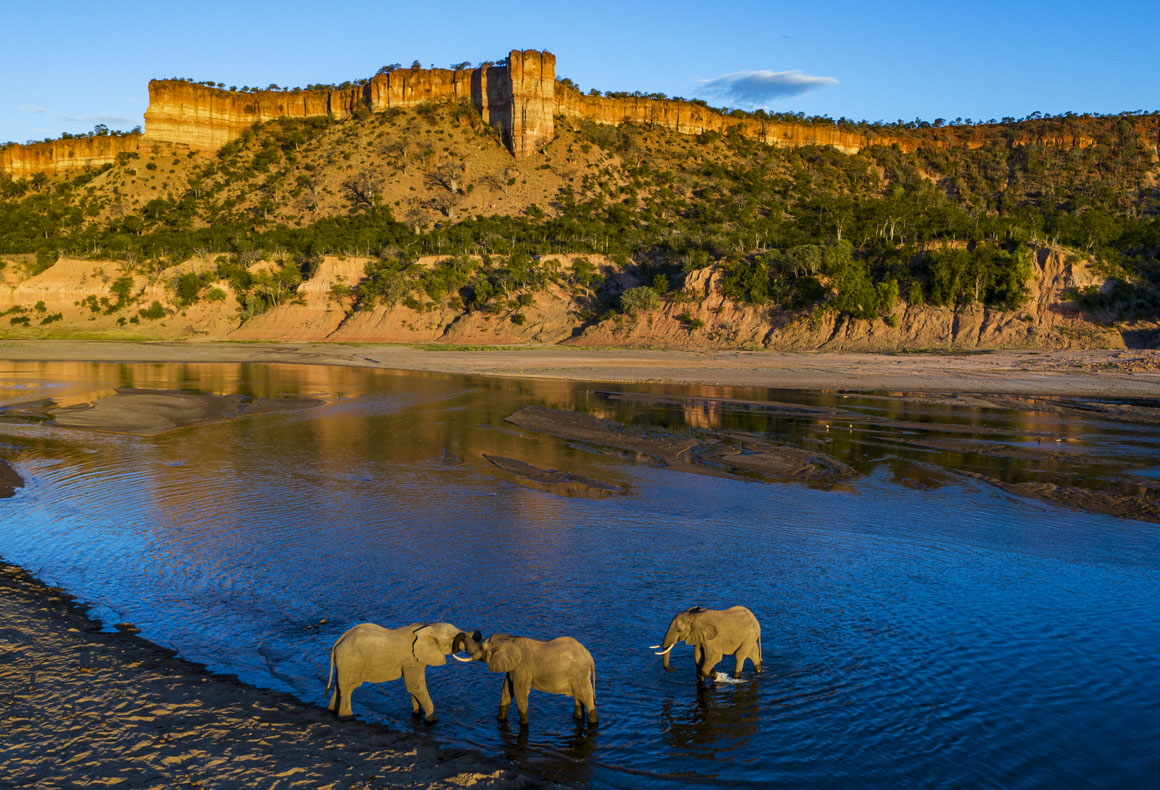
Zimbabwe is fast becoming one of Africa’s most talked about safari destinations–little wonder given the riches of Hwange, Mana Pools, and savagely remote and beautiful Gonarezhou National Park. This comprehensive private safari, led by some of the continent’s most revered naturalist guides, knits these three destinations together along with the Victoria Falls to make a complete and extremely rewarding wildlife adventure filled with intimate sightings away from the crowds.
Zimbabwe is fast becoming one of Africa’s most talked about safari destinations–little wonder given the riches of Hwange, Mana Pools, and savagely remote and beautiful Gonarezhou National Park. This comprehensive private safari, led by some of the continent’s most revered naturalist guides, knits these three destinations together along with the Victoria Falls to make a complete and extremely rewarding wildlife adventure filled with intimate sightings away from the crowds.
“With so much to cover in this impressive landlocked nation, discuss the key experiences and locations you are keen to visit, and we will take care of the rest.”
Covering more than 14,600 sq km, Hwange National Park is the largest natural reserve in Zimbabwe and offers a wider variety of wildlife. Take an enthralling game drive searching for elephants, zebra, lions and cheetah before observing spectacular views over the glistening water pans and expansive plains as you enjoy sundowner drinks. In the far north, Mana Pools provides an ideal location to take a canoe or walking safari along the Zambezi River. This UNESCO World Heritage Site offers impressive vistas and unusual/walking-safari-mana-pools/ aquatic birds alongside wildlife such as lion, crocodile and hippo.
Lake Kariba is another location where you can observe the wildlife during a relaxing sunset river cruise. The largest artificial lake and reservoir by volume on earth, this enormous man-made lake offers an idyllic location to fish, kayak or spot buffalo, elephant and an array of bird species from a private houseboat or speedboat. Gonarezhou National Park in the southeast is an absolute ‘gem’ of a park and an unmissable wildlife highlight and a resounding conservation success story, known as “the place of elephants”. Home to the distinctive Chilojo Cliffs in a remote southeast location on the border with Mozambique, the park is renowned as one of the greatest wilderness areas in Africa with very few visitors. This is one of our favourite parks in the whole of Africa.
Highlights of a Luxury Zimbabwe Safari
The magnificent Victoria Falls provides another exhilarating experience during your stay in Zimbabwe. One of the world’s largest waterfalls, the area surrounding the falls is a national park and home to a mixture of birds and animals including impala, baboon and bushbuck. Admire the colossal power of the water from several viewpoints or choose from thrilling activities on offer including bungee jumping and white-water rafting.
To gain a deeper understanding of Zimbabwe’s history and heritage, visit the ruins of Great Zimbabwe, a notable monument from which the country’s name originates. This fortification was a significant trading post and features impressive stone structures, now recognised as a UNESCO World Heritage Site and regarded as one of the most important sites in Africa.
Across the country, Zimbabwe offers a wonderful variety of accommodation. In major areas of interest, you can expect to find five-star luxury hotels such as the iconic colonial Victoria Falls Hotel, and chic smaller boutique properties along the Zambezi River and gorge. In more remote areas such as Mana Pools, Matusadona and Hwange, safari camps offer a traditional style with small and comfortable tented rooms as well as luxury safari camps.
With so much to cover in this impressive landlocked nation, discuss the key experiences and locations you are keen to visit, and we will take care of the rest. Whether you’re planning a bespoke family safari or want to appreciate the full magnitude of Victoria Falls from a private helicopter ride, we are confident that we can plan a unique and unforgettable trip to this astounding country.
Ready to take the road less travelled?
Bespoke Zimbabwe Wildlife Journeys
Explore our exclusive collection of remarkable wildlife journeys in Zimbabwe, where each itinerary offers a curated selection of the most awe-inspiring experiences created by our travel experts.

Zimbabwe is fast becoming one of Africa’s most talked about safari destinations–little wonder given the riches of Hwange, Mana Pools, and savagely remote and beautiful Gonarezhou National Park. This comprehensive private safari, led by some of the continent’s most revered naturalist guides, knits these three destinations together along with the Victoria Falls to make a complete and extremely rewarding wildlife adventure filled with intimate sightings away from the crowds.
Zimbabwe is fast becoming one of Africa’s most talked about safari destinations–little wonder given the riches of Hwange, Mana Pools, and savagely remote and beautiful Gonarezhou National Park. This comprehensive private safari, led by some of the continent’s most revered naturalist guides, knits these three destinations together along with the Victoria Falls to make a complete and extremely rewarding wildlife adventure filled with intimate sightings away from the crowds.
Ready to take the road less travelled?
Exclusive Zimbabwe Experiences
Unlock a world of extraordinary, custom-crafted experiences designed for your visit to Zimbabwe.
Ready to take the road less travelled?
